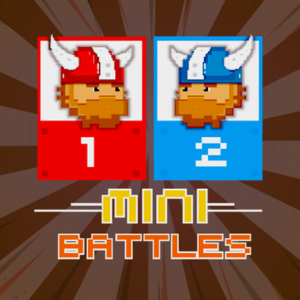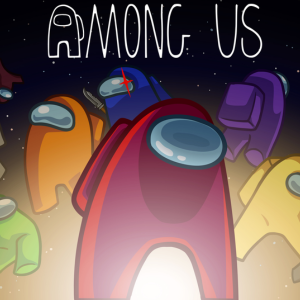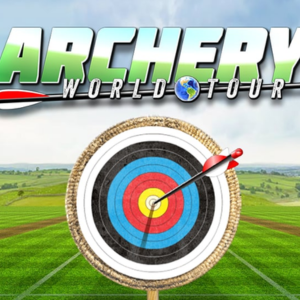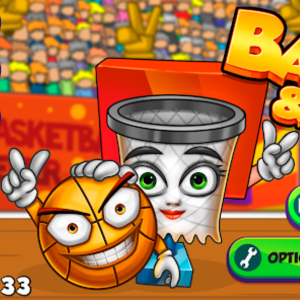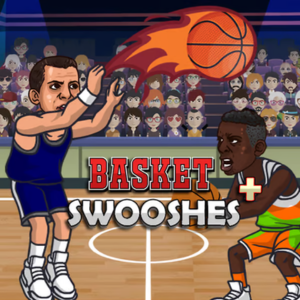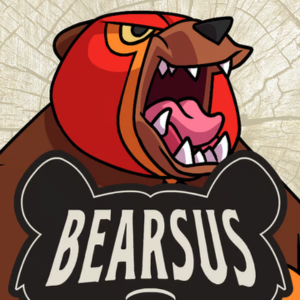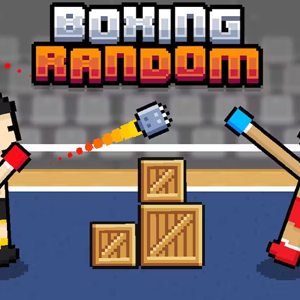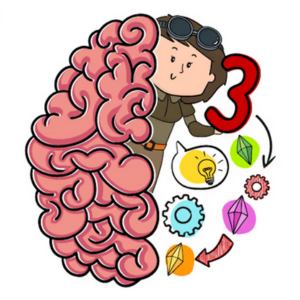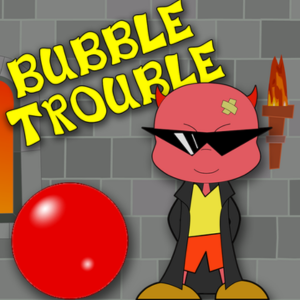The Ultimate Guide to Tag Game: Rules, Variations and Benefits
Tag game is one of the most universal and beloved playground games in the world. This simple running game has entertained children across generations and cultures, evolving into countless exciting variations. In this comprehensive guide, we'll explore everything you need to know about the classic tag game, from basic rules to creative variations and developmental benefits.
How to Play the Basic Tag Game
The traditional tag game is incredibly simple to learn but endlessly fun to play. Here are the fundamental rules:
- Select who's "it": Choose one player to start as the tagger (often through a counting rhyme or quick game like rock-paper-scissors).
- Establish boundaries: Define the play area where the game will take place.
- Begin chasing: The player who's "it" tries to tag (lightly touch) another player.
- Switch roles: When the tagger succeeds, the tagged player becomes the new "it" and the game continues.
- Add variations: Introduce special rules or zones to keep the game exciting (see variations below).
The beauty of tag game lies in its simplicity - no equipment needed, just open space and energetic players!
Essential Features of Tag Games
All tag games share these core characteristics that make them universally appealing:
1. Physical Activity
Tag naturally promotes running, dodging, and quick movements, providing excellent cardiovascular exercise.
2. Simple Rules
The basic premise of chasing and tagging is easy for anyone to understand, regardless of age or language.
3. Social Interaction
Tag encourages communication, teamwork (in team variations), and social bonding through play.
4. Adaptability
The game can be modified for different spaces, player counts, ages, and skill levels.
5. Inclusivity
With no special equipment required, tag is accessible to children from all backgrounds.
Popular Tag Game Variations
Over time, countless creative variations of the classic tag game have emerged. Here are some of the most popular:
Freeze Tag
When tagged, players must "freeze" in place until another free player tags them to unfreeze. The game ends when all players are frozen or after a set time.
TV Tag
Players can avoid being tagged by crouching and shouting the name of a TV show before the tagger reaches them.
Blob Tag
When the original tagger tags someone, they join hands forming a "blob" that continues tagging together. The blob grows with each new player tagged.
Flashlight Tag
Played at dusk or in the dark using flashlights. The tagger "tags" others by shining light on them.
Chain Tag
Similar to blob tag but players remain connected in a chain, requiring teamwork to corner other players.
Benefits of Playing Tag Games
Beyond being fun, tag games offer numerous developmental benefits:
Physical Benefits
- Improves cardiovascular health and endurance
- Develops gross motor skills and coordination
- Enhances agility, speed, and reaction time
- Promotes overall physical fitness
Social-Emotional Benefits
- Teaches sportsmanship and fair play
- Develops communication and teamwork skills
- Builds confidence through physical activity
- Provides opportunities for leadership development
Cognitive Benefits
- Enhances strategic thinking and quick decision making
- Develops spatial awareness and environmental navigation
- Improves ability to follow and modify rules
- Stimulates creativity in game variations
Tips for Organizing a Great Tag Game
Make your next tag game session even more successful with these expert tips:
- Choose an appropriate space: Ensure the play area is large enough but has clear boundaries.
- Establish clear rules: Explain any variations or special rules before starting.
- Encourage fair play: Remind players about gentle tagging and good sportsmanship.
- Rotate "it" frequently: Use short rounds so no one gets stuck being "it" too long.
- Adapt for different abilities: Modify rules to include players of varying skill levels.
- Stay hydrated: Take water breaks, especially in hot weather.
- Keep it fun: Switch up variations to maintain interest and energy.
Tag Games in Physical Education
Many schools incorporate tag games into their physical education programs because:
- They require minimal equipment
- Can be adapted for large groups
- Teach fundamental movement skills
- Promote inclusive participation
- Can be modified for specific learning objectives
Common educational variations include "Nutrition Tag" where players represent different food groups, or "Math Tag" incorporating arithmetic challenges.
The Cultural Significance of Tag Games
The tag game tradition spans cultures worldwide with regional variations:
- In Japan, "Onigokko" (demon tag) features elaborate backstories
- Italian children play "Strega Comanda Color" (witch commands color)
- Indian "Kho Kho" combines tag with strategic team elements
- African "Antelope Tag" incorporates animal movements
This global popularity demonstrates how tag transcends language and cultural barriers as a universal form of play.
Conclusion: The Timeless Appeal of Tag
From schoolyards to backyard gatherings, the tag game remains one of the most enduring forms of children's play. Its perfect combination of simplicity, physical activity, and social interaction ensures its continued popularity in our digital age. Whether you're playing classic tag, freeze tag, or creating your own variation, this timeless game promises laughter, exercise, and memorable moments.
Next time you see a group of children playing tag, consider joining in - you might rediscover the pure joy of this simple but profoundly satisfying game!
